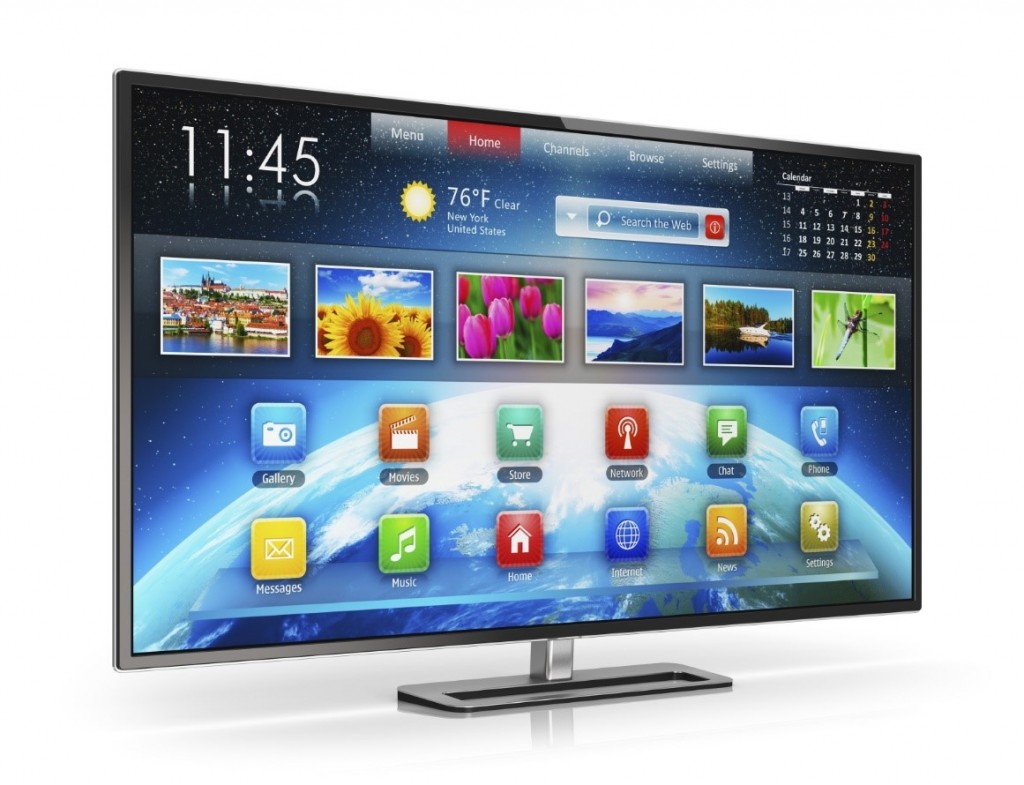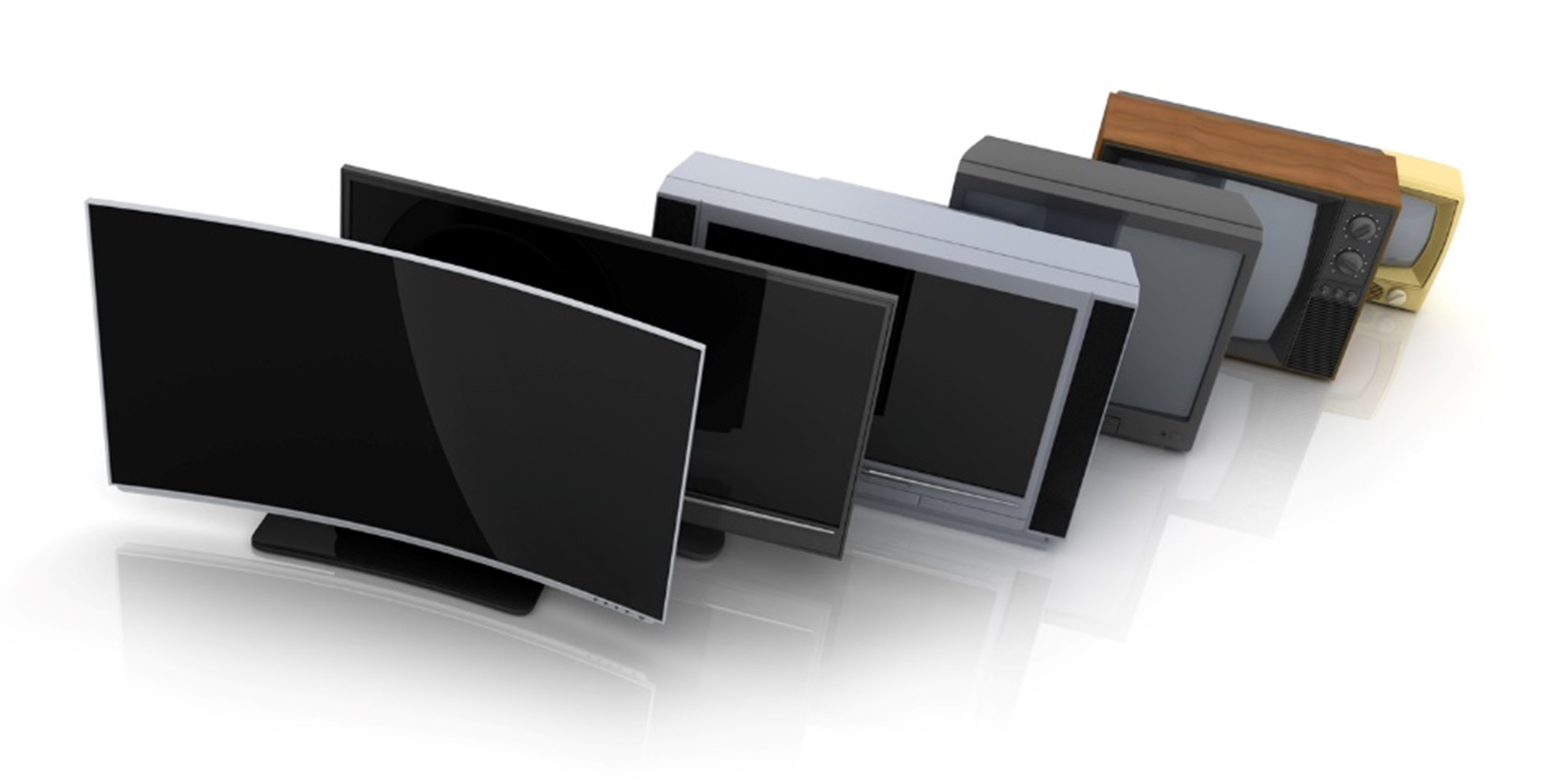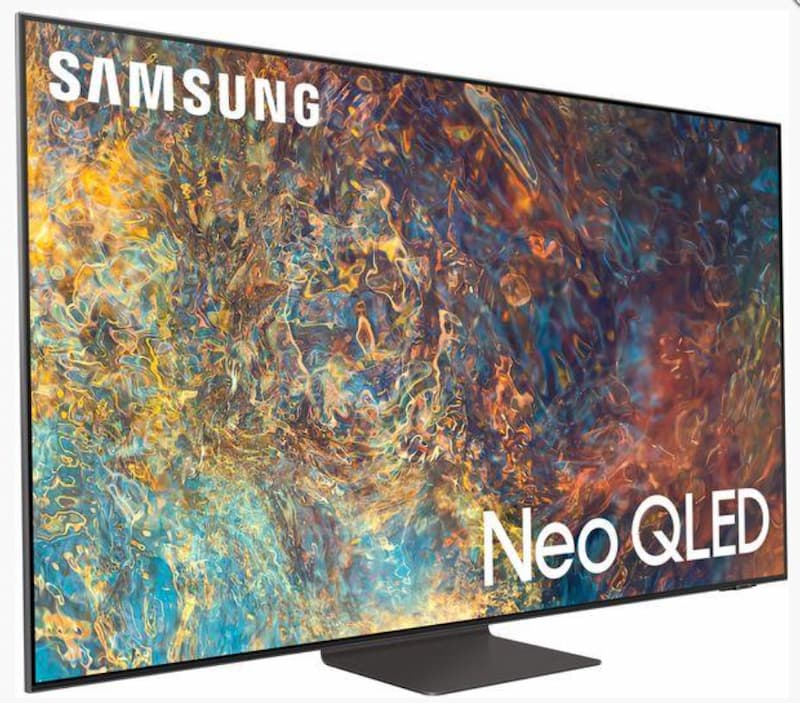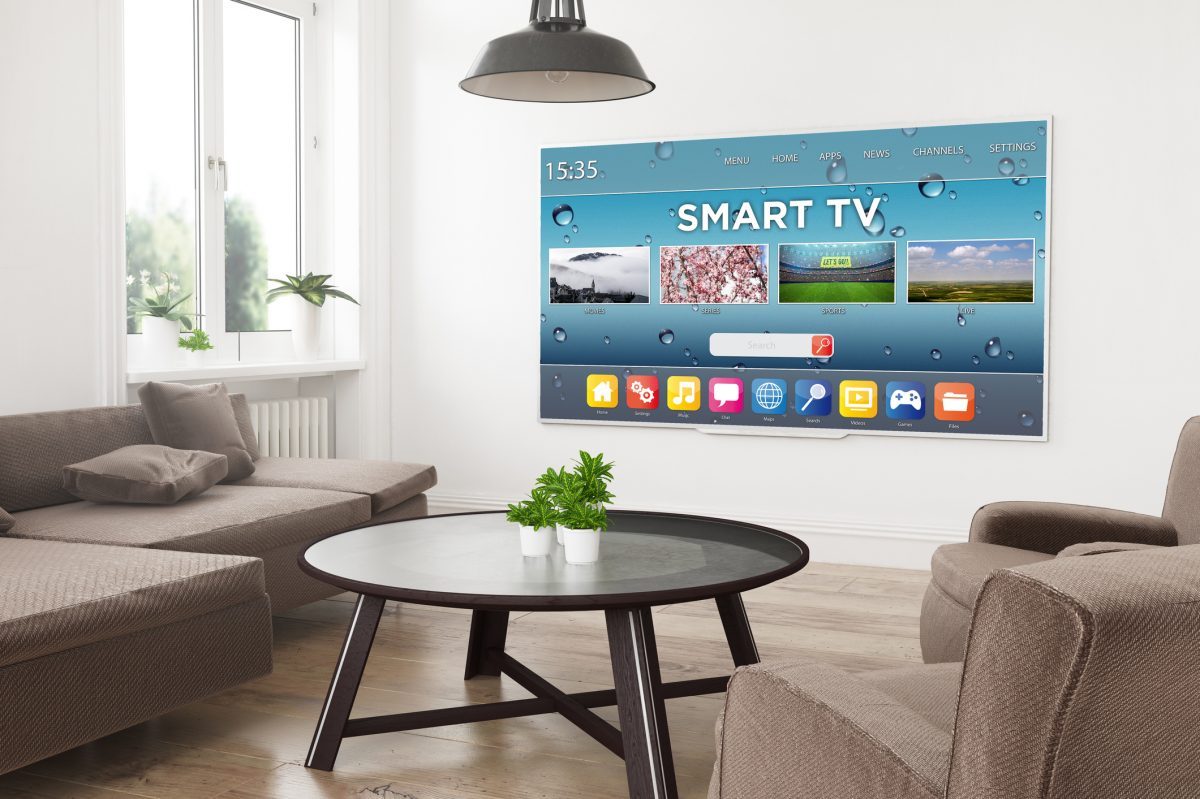Since its evolution, technology has become a huge part of our daily lives. Over time, one of the most distinguished devices that has changed the most is the television. Adding this to the advancements and constant change in digital marketing, it’s affected how we watch television.
But how much has it changed over the years? Let’s have a look at how digital marketing has changed the way we watch TV.

The First Television
The first televisions introduced were small and only displayed black and white pictures. Additionally, they only had limited TV channels for audiences to watch. Many only had one channel courtesy of the BBC. Initially, TV had few viewers and programming was sparse. By 1960, households only had two channels, BBC1 and ITV until 1964, when BBC2 was launched.
The Advancements
There have been many television advancements, the most pivotal being the introduction of colour. BBC2 broadcast its first colour pictures from Wimbledon in 1967, and by mid-1968, nearly every BBC2 programme was in colour. Today, television sets are much larger with a wide array of channels available to audiences.
Not only are they bigger, we also now have the Smart TV’s that are not only beautifully designed, they come with extra options such as Internet and Apps among many others. Given the vast amount of shows available, watching television is one of the most frequent activities of today. The average viewer in the UK watches a total of 3 hours, 51 minutes of TV a day!
Live Streaming Paving the Way
Over the years, more obvious changes we have seen around us. Technology has affected considerably the way we watch TV, with many ways to watch programmes, such as on the website, smartphone, or streaming devices. One of the ways that TV viewing has been changed is through the advent of streaming channels.
This technique works by transferring data that can be processed as a steady and continuous stream. Streaming has gained more importance around the world with the growth of the internet. This allows people to watch TV shows and movies in their homes, smartphones, tablets, and any streaming device.
Today, the range of choice has diversified exponentially now that streaming services have become available on more devices. As many televisions now come with internet connections, this enables people to view videos on YouTube and other content without being tied to the desktop.

The Power of Social Media
Arguably, the essence of social media (whether that’s Facebook or Instagram, for example) is the enabling of audience engagement, allowing viewers an easy way to voice their opinions about TV programmes they consume. In turn, TV executives can use social media to connect more directly with audiences, as most networks utilise hashtags and Twitter promotions to generate conversations before, during, and post-airtime.
With the ability to connect with other fans via social media, the community that surrounds any given show can be viewed as a demographic, allowing media companies to target their messages more accurately.
Here at Electronic World, we have a vast array of televisions at affordable prices! Be sure to see what we have available on our website or get in touch with a member of our team today for more information!








